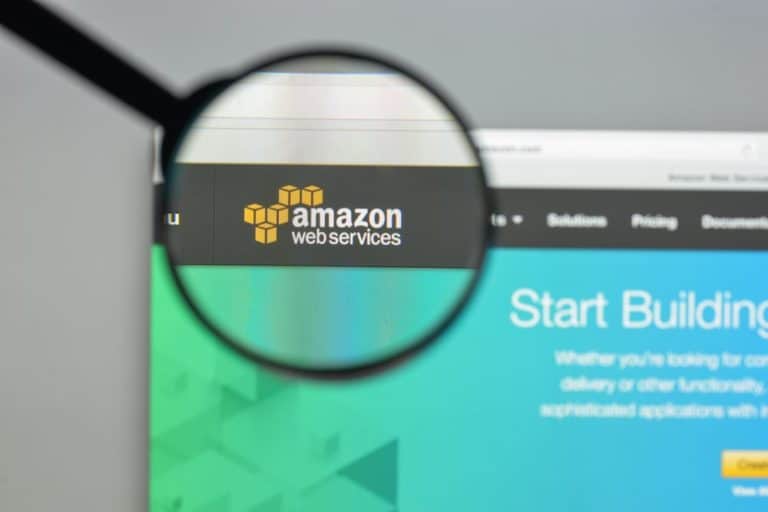Apple has many software services available today with iCloud, Apple Music and the new TV Plus service recently launched in the US. All these cloud services need to be distributed to more than 1.5 billion Apple devices. Apple has turned to AWS for this purpose, with an accompanying hefty contract of $30 million per month.
According to CNBC, Apple is one of AWS’ largest customers and according to the news service, costs continue to rise sharply. For the time being, Apple has only said that iCloud uses AWS, but a contract of 360 million dollars a year suggests that there is more running on Amazon’s servers.
Apple is not alone in paying hundreds of thousands of dollars a year to AWS or other cloud services. New listed companies such as Lyft and Pinterest have provided extra details in their financial documents. Lyft will have spent 300 million dollars on AWS by 2021. Pinterest still has a contract until 2023 and will have spent 750 million dollars at AWS by then according to The Verge.
Service provider
For the time being, it is unclear whether Apple will use even more processing power from AWS in the future, resulting in a more expensive contract. Apple itself has a lot of data centres throughout the US, but for the rest of the world, the AWS needs much more to provide a thorough service. Apple has never communicated the exact distribution of work across all data centers.
Regardless of Apple’s dependence on AWS, these prices show how much it costs to run a cloud service like iCloud on nearly 1.5 billion devices. Apple wants to profile itself more and more as a service provider so it doesn’t have to rely one hundred percent on hardware sales. It is very likely that the AWS contract will only increase in the future.
This news article was automatically translated from Dutch to give Techzine.eu a head start. All news articles after September 1, 2019 are written in native English and NOT translated. All our background stories are written in native English as well. For more information read our launch article.